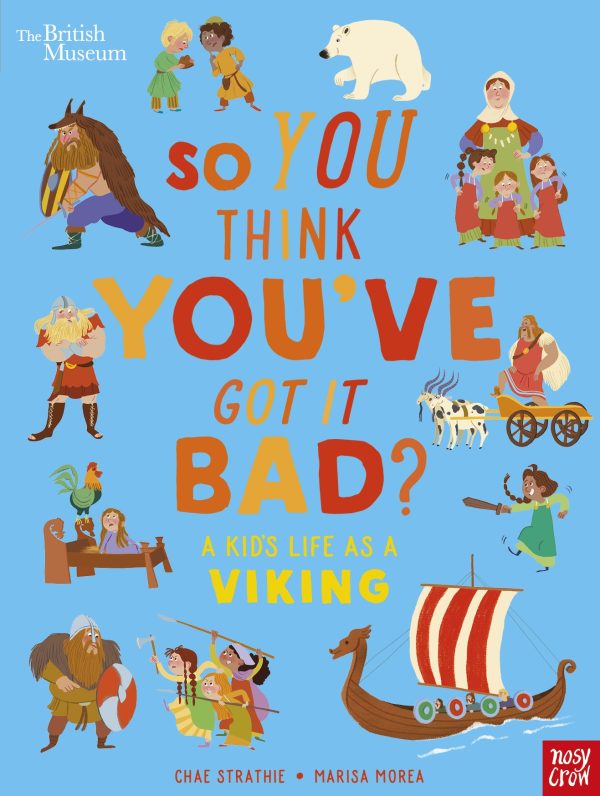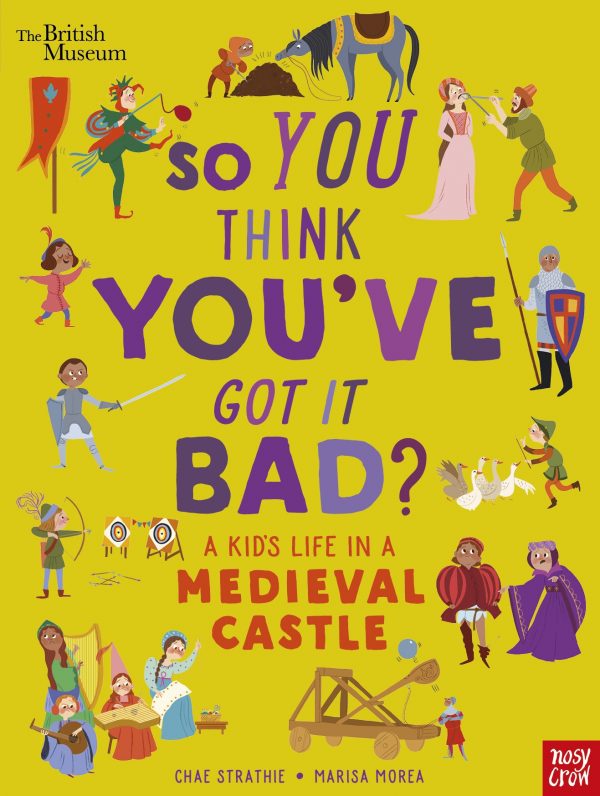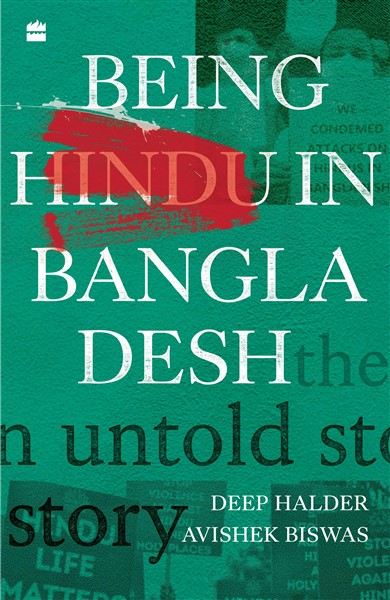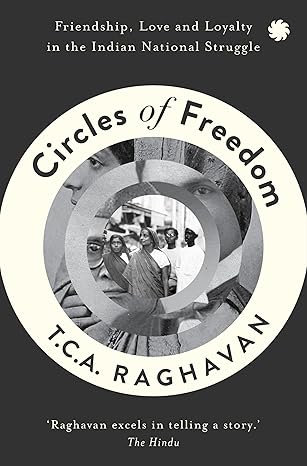History
Featured Products
British Museum: Goddess: 50 Goddesses, Spirits, Saints and Other Female Figures Who Have Shaped Belief
₹779.22
M.R.P.:₹ 999.00
You Save: ₹219.78 (22.00% OFF)
British Museum: So You Think You've Got It Bad? A Kid's Life in Ancient Egypt
₹487.50
M.R.P.:₹ 625.00
You Save: ₹137.50 (22.00% OFF)
British Museum: So You Think You've Got It Bad? A Kid's Life in Ancient Greece
₹487.50
M.R.P.:₹ 625.00
You Save: ₹137.50 (22.00% OFF)
British Museum: So You Think You've Got It Bad? A Kid's Life in Ancient Rome
₹487.50
M.R.P.:₹ 625.00
You Save: ₹137.50 (22.00% OFF)
British Museum: So You Think You've Got it Bad? A Kid's Life in the Aztec Age
₹500.00
M.R.P.:₹ 625.00
You Save: ₹125.00 (20.00% OFF)
British Museum: So You Think You've Got It Bad? A Kid's Life in Prehistoric Times
₹500.00
M.R.P.:₹ 625.00
You Save: ₹125.00 (20.00% OFF)
British Museum: So You Think You've Got It Bad? A Kid's Life in a Medieval Castle
₹500.00
M.R.P.:₹ 625.00
You Save: ₹125.00 (20.00% OFF)
THE BROKEN SCRIPT DELHI UNDER THE EAST INDIA COMPANY AND THE FALL OF THE MUGHAL DYNASTY, 1803-1857
₹737.18
M.R.P.:₹ 899.00
You Save: ₹161.82 (18.00% OFF)
Circles of Freedom: Friendship, Love and Loyalty
₹615.23
M.R.P.:₹ 799.00
You Save: ₹183.77 (23.00% OFF)

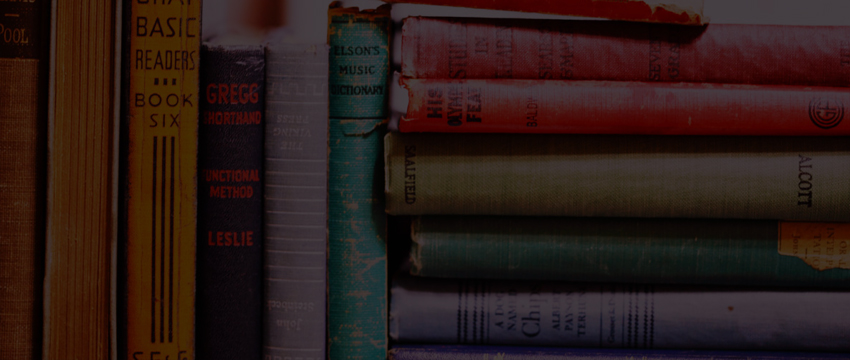
.jpeg)
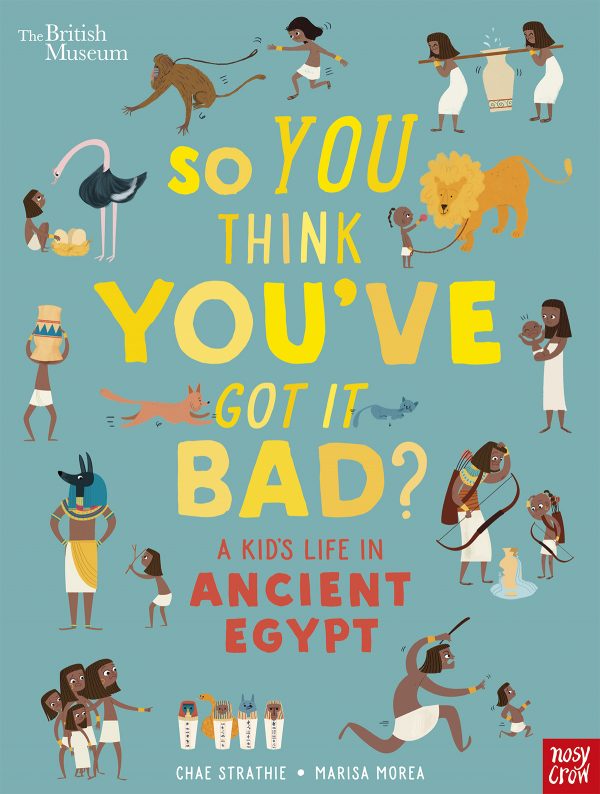
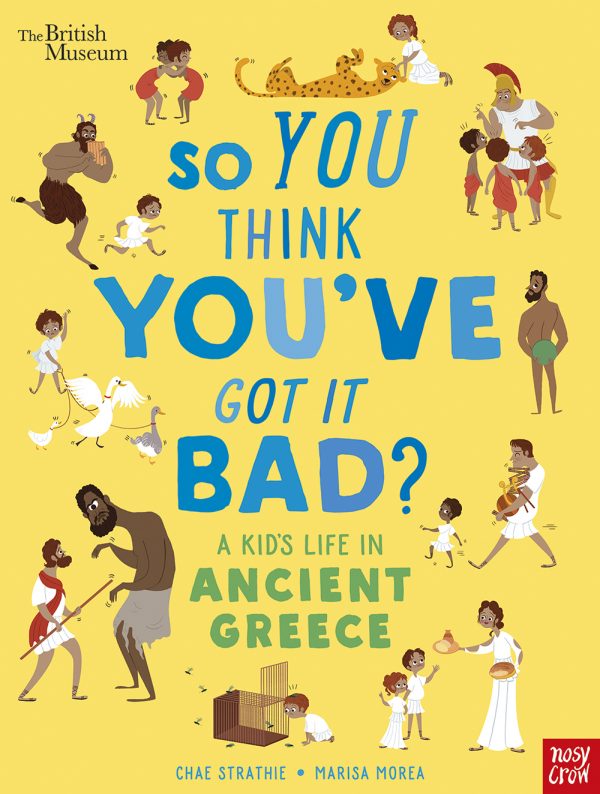
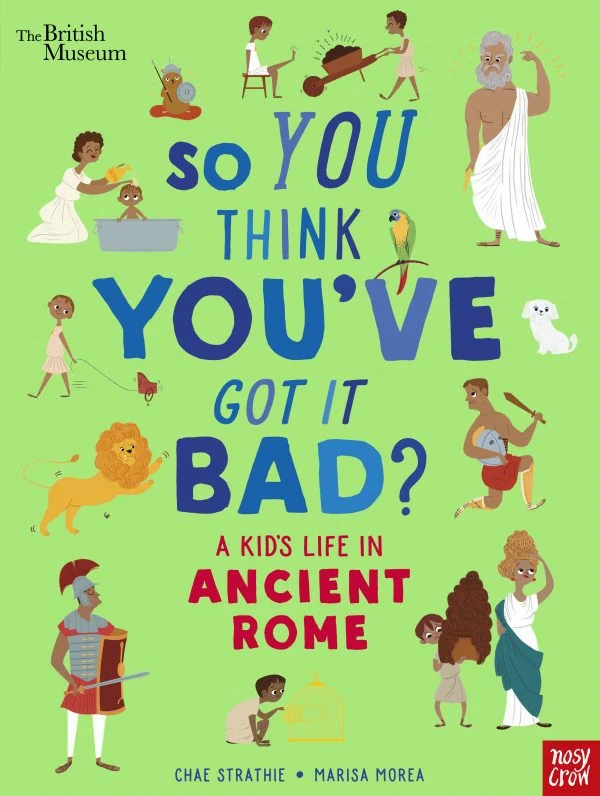
.jpg)
